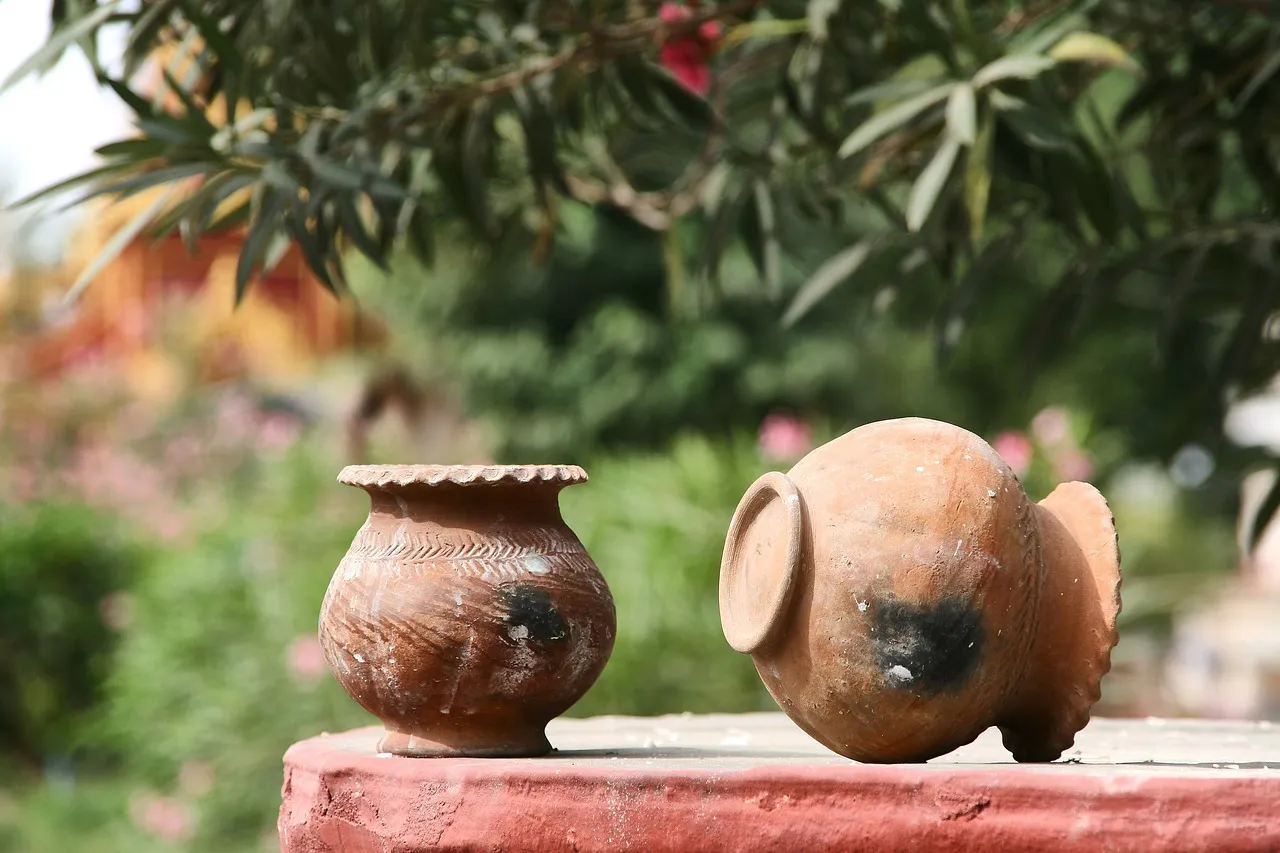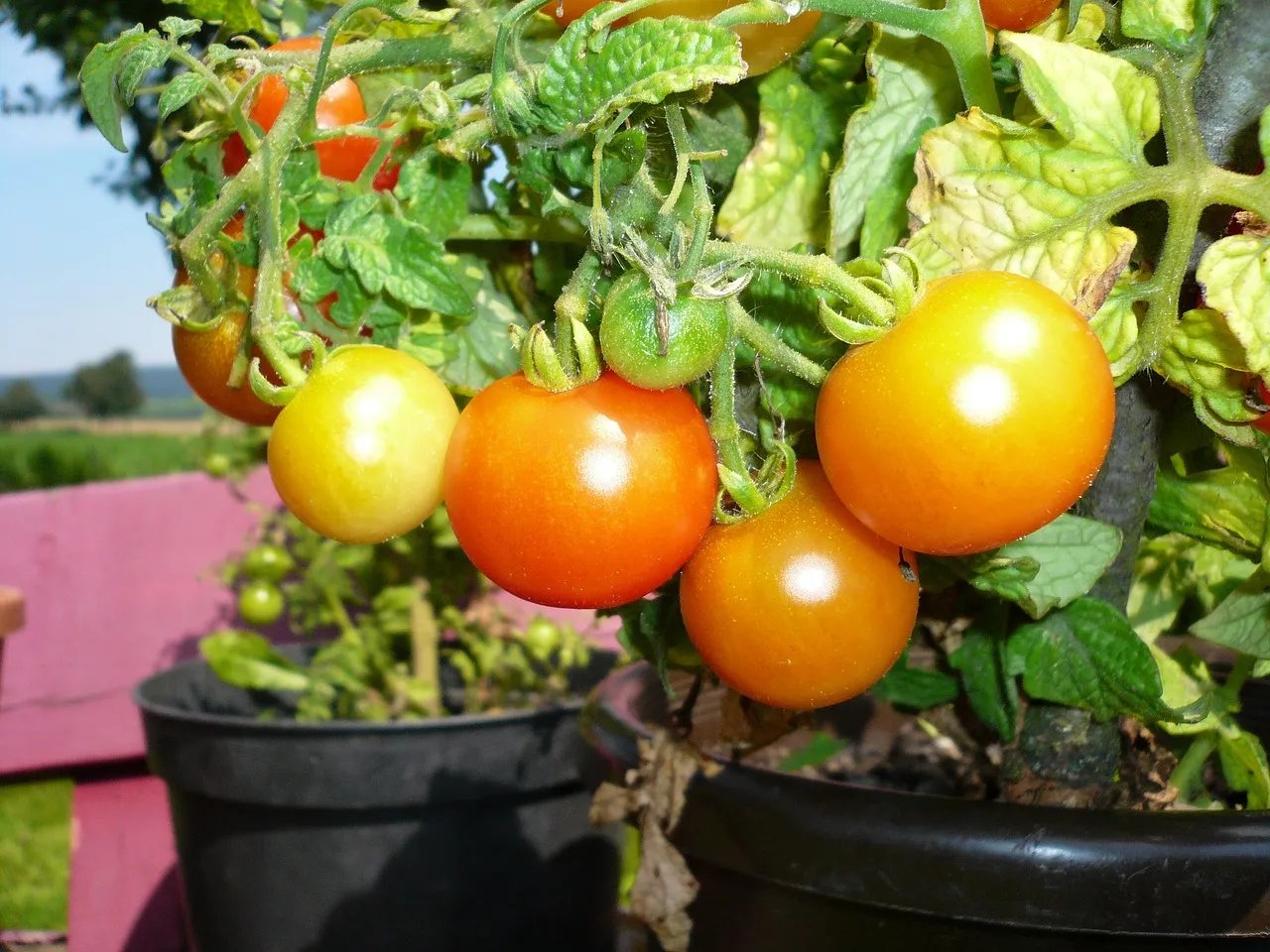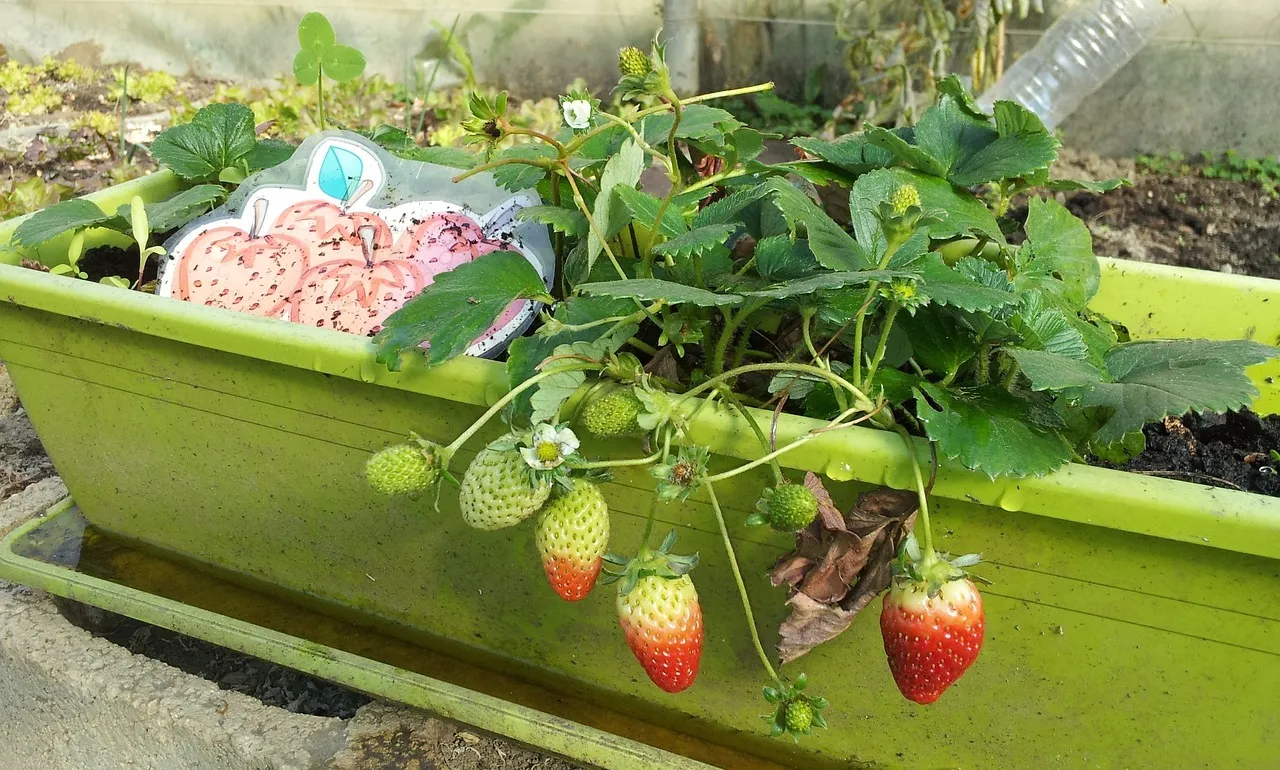Balcony gardening has become increasingly popular, offering urban dwellers a chance to cultivate green spaces in limited areas. While flowers and herbs are commonly grown, the prospect of growing fruits on a balcony might seem daunting. However, with the right selection of sun-loving fruits and proper container gardening techniques, you can transform your balcony into a productive oasis. In this guide, we will explore some fruitful ideas for terrace fruit cultivation, providing tips on container gardening and highlighting fruits that thrive in sunlight.
Selecting the Right Containers:

When it comes to balcony gardening, space is often limited, making container selection crucial. Opt for containers that are large enough to accommodate the root systems of fruit-bearing plants yet still fit comfortably on your balcony. Additionally, ensure that the containers have proper drainage holes to prevent waterlogging, which can lead to root rot.
Terracotta or plastic pots are popular choices for balcony gardening. Terracotta provides good airflow to the roots but may dry out quickly, requiring more frequent watering. Plastic pots retain moisture better but may lack proper drainage if not equipped with adequate holes. Whichever material you choose, prioritize functionality over aesthetics to promote healthy plant growth.
Essential Sunlight Requirements:
Sunlight plays a crucial role in the growth and productivity of fruit-bearing plants. Adequate sunlight exposure is essential for photosynthesis, the process by which plants convert light energy into sugars, fueling their growth and fruit production. When planning a balcony garden focused on fruit cultivation, it is imperative to assess the sunlight availability in the chosen location.
Ideally, fruit-bearing plants should receive a minimum of six to eight hours of direct sunlight each day. Direct sunlight refers to unobstructed sunlight that falls directly onto the plant without any barriers. This duration allows the plants to harness sufficient light energy to carry out photosynthesis efficiently.
However, it’s important to acknowledge that balcony environments are often subject to microclimates, which can influence sunlight intensity and duration. Nearby buildings, structures, or tall trees may cast shadows or create areas of partial shade, affecting the amount of sunlight reaching your plants. As such, careful observation and monitoring of sunlight patterns throughout the day are necessary to ensure optimal growing conditions for fruit plants.
To assess sunlight exposure accurately, observe the balcony throughout the day, noting any areas of direct sunlight and shade at different times. Keep track of how sunlight moves across the balcony space as the day progresses. This may involve monitoring sunlight patterns over several days or weeks to account for seasonal variations.
In addition to natural obstructions, factors such as balcony orientation, surrounding buildings’ heights, and nearby reflective surfaces can impact sunlight distribution. South-facing balconies generally receive more sunlight throughout the day compared to north-facing ones. East-facing balconies typically receive morning sunlight, while west-facing ones receive afternoon sunlight. Understanding these factors can help in selecting the most suitable fruit varieties for your balcony garden and optimizing their placement for sunlight exposure.
Regularly monitoring sunlight patterns allows you to make informed decisions regarding plant placement and adjust as needed to ensure that fruit plants receive the necessary light for optimal growth and productivity. By paying close attention to sunlight requirements and microclimate influences, you can maximize the potential of your balcony garden and enjoy a bountiful harvest of sun-ripened fruits.
Fruit Varieties for Balcony Gardens:

Strawberries: Ideal for balcony gardens due to their compact size, strawberries thrive in sunny locations and can be grown in hanging baskets or containers. Choose everbearing varieties for a continuous harvest throughout the growing season.
Dwarf Citrus Trees: Citrus trees, such as lemons, limes, and oranges, can be grown in containers on balconies, provided they receive sufficient sunlight. Dwarf varieties are well-suited for small spaces and can yield flavorful fruits with proper care.
Blueberries: While typically grown in larger pots, blueberries can adapt well to balcony gardening with the right soil acidity and sunlight exposure. Choose dwarf or patio varieties for compact growth and a steady supply of delicious berries.
Tomatoes: Considered fruits botanically, tomatoes thrive in sunny locations and can be grown in containers with adequate support for their sprawling vines. Choose determinate varieties for more manageable growth or indeterminate varieties for continuous fruiting throughout the season.
Peppers: Bell peppers and chili peppers are excellent choices for balcony gardens, requiring full sun and well-drained soil. Compact pepper varieties can thrive in containers, providing a colorful and flavorful addition to your harvest.
Container Gardening Tips:
Soil Selection: Use high-quality potting mix enriched with organic matter to ensure proper drainage and nutrient retention. Avoid garden soil, as it may compact in containers and hinder root growth.
Watering Routine: Balcony gardens may dry out quickly, especially during hot weather. Water your fruit plants regularly, keeping the soil evenly moist but not waterlogged. Use a saucer or tray beneath containers to catch excess water and prevent staining or damage to the balcony surface.
Fertilization: Supplement soil nutrients with organic fertilizers specifically formulated for container plants. Follow package instructions for application rates and frequency to promote healthy growth and fruit development.

Conclusion:
With careful planning and proper care, balcony gardens can yield a fruitful bounty of sun-loving fruits. By selecting the right containers, ensuring adequate sunlight exposure, and following container gardening tips, you can cultivate a thriving oasis of fresh produce right outside your door. Whether you’re enjoying homegrown strawberries with breakfast or harvesting ripe tomatoes for a summer salad, the rewards of balcony fruit cultivation are boundless. Embrace the sunshine and let your balcony garden flourish with nature’s sweetest offerings.
#FruitGarden #BalconyTips
